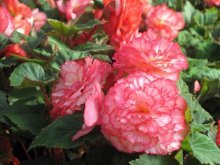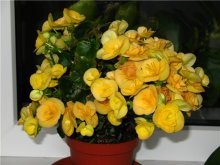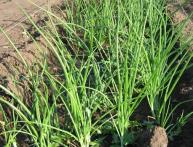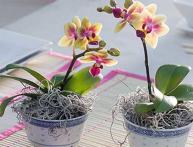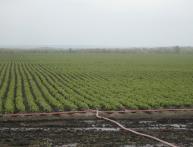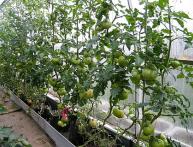How to water begonia: basic rules
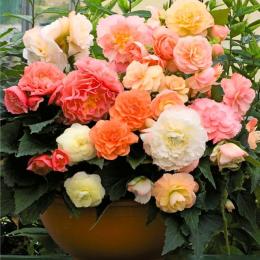
Proper care of indoor plants is the key to their health. This is especially true for tender begonias. Improper care for them can lead to their illness and even death. Therefore, in order for the plant to please with its appearance, lush and abundant flowering, it is important to properly care for it, in particular, to water it correctly.
Content:
Begonia - general information
Begonia is one of the most beautiful and popular plants. Flower growers like it because of the variety of shapes of leaves and flowers and their colors, which allows, without repeating shapes and shades, to collect a fairly large collection.
This perennial of the Begoniaceae family, growing wild in tropical and subtropical regions of South and North America, Africa and Asia. It grows well in damp, shaded places, in particular in rock crevices and forests, but also thrives on steep seashores and even on dry mountain slopes.
Today, there are about 1,000 species of begonias and more than 12,000 varieties, which, in turn, are divided into decorative deciduous and flowering.
Decorative deciduous begonias characterized by a bush-like or ampelous form, sometimes tall forms are found. The rhizome of such plants spreads along the surface of the soil or is located in it at a shallow depth, their large leaves have a beautiful shape and color, and the flowers are small and inconspicuous.
Beautifully flowering begonias are decorative with their flowers. It is precisely because of the lush and long flowering, as well as the beauty of flowers with bright red, snow-white, pink, yellow and orange shades, that they can often be found in nurseries, flower beds, and on window sills.
Features of cultivation and care
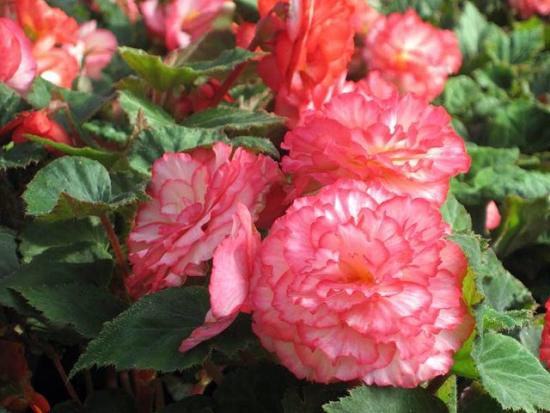
Generally, growing begonias - the process is not complicated and accessible to most gardeners. The flower belongs to the group of shade-tolerant plants, but in good light it blooms more profusely, so it is advisable to keep the pot with the plant on a south-west or south-east window. The plant is thermophilic, frosts are destructive for it, and grows well in rich, well-drained, slightly acidic soil. The only time when begonia can behave quite capriciously is watering.
Features of watering begonias
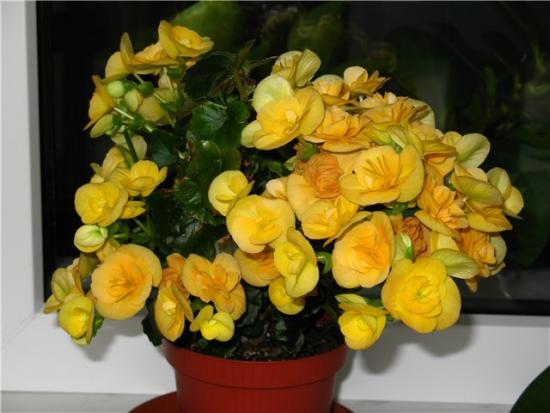
Like many subtropical and tropical plants, begonia simultaneously loves high humidity in the room where it grows and does not tolerate stagnation of water in the pot. To ensure optimal conditions for plant growth it is necessary to water it, following certain rules:
- As mentioned above, begonia needs high humidity in the room. However, you cannot spray the plant, since water that gets on its leaves can cause brown spots to appear on them and subsequent rotting. To ensure optimal air humidity in the room, you should use a special humidifier, or carefully spray water near the flower pot using a spray bottle, avoiding drops of water from falling on its leaves and flowers.In hot, dry weather, you can place pots of begonias on a tray filled with wet gravel or in a box of wet peat or moss.
- In winter, you can place a container filled with water next to the flower. Thanks to the evaporation of water, the necessary air humidity will be provided. If a pot of begonia is placed on a window, in winter, when the heating is on, you can put a damp cloth on the radiators.
- Watering begonia it is necessary evenly, preferably at the same time of day. As a rule, watering is carried out in the morning or in the evening. In summer, watering should be plentiful, so that excess water flows out of the drainage holes. This is especially important in hot, dry weather.
- Depending on the room temperature, begonia should be watered once every 2-3 days. Also, do not forget that this plant does not like direct sunlight, so it is advisable to remove it from the windowsill in the summer. If the soil in the pot is completely dry, then watering it in the usual way is useless. It is necessary to soak the pot in water for several hours.
- Starting from mid-autumn, the intensity of watering decreases and becomes minimal in winter, since at this time the plant is dormant. Begonia should be watered as the soil in the pot dries out, usually once every 5-7 days.
- If the air in the room is cool, you can use warm water for irrigation. After the soil has absorbed all the water, you should carefully loosen it to a depth of 1-2 cm. This will maintain optimal humidity inside the pot and ensure good air exchange.
You can water begonias using the pot dipping method.For this purpose, pour water into a shallow container, the diameter of which is larger than the diameter of the pot, place the pot in it and leave until the water is absorbed into the soil through the drainage holes.
To water begonias, it is advisable to use warm, settled tap water. The water should be left to stand in an open container for at least 24 hours. To soften the water, you can filter it using a regular household filter or bring it to a boil and cool it.
Thus, in order to properly care for begonia, you need to know three things: it loves light, warmth and timely, sufficient watering. Only with proper care will begonia delight with its lush and bright blooms for a long time.
Interesting video about proper watering and care of begonias:
Interesting information about the vegetable garden

